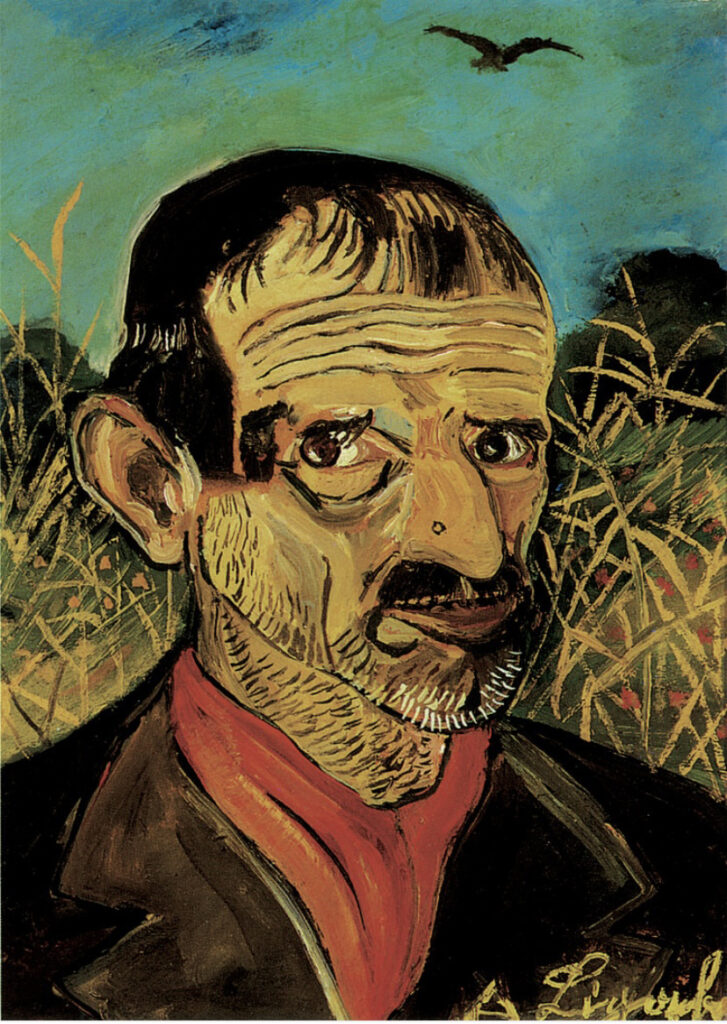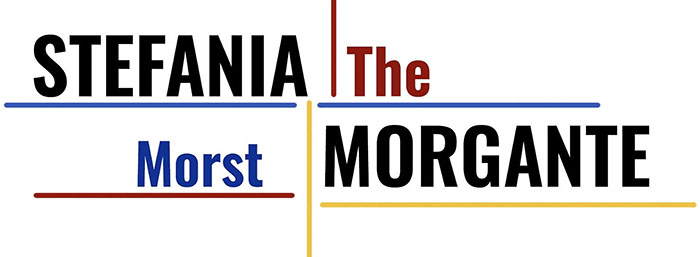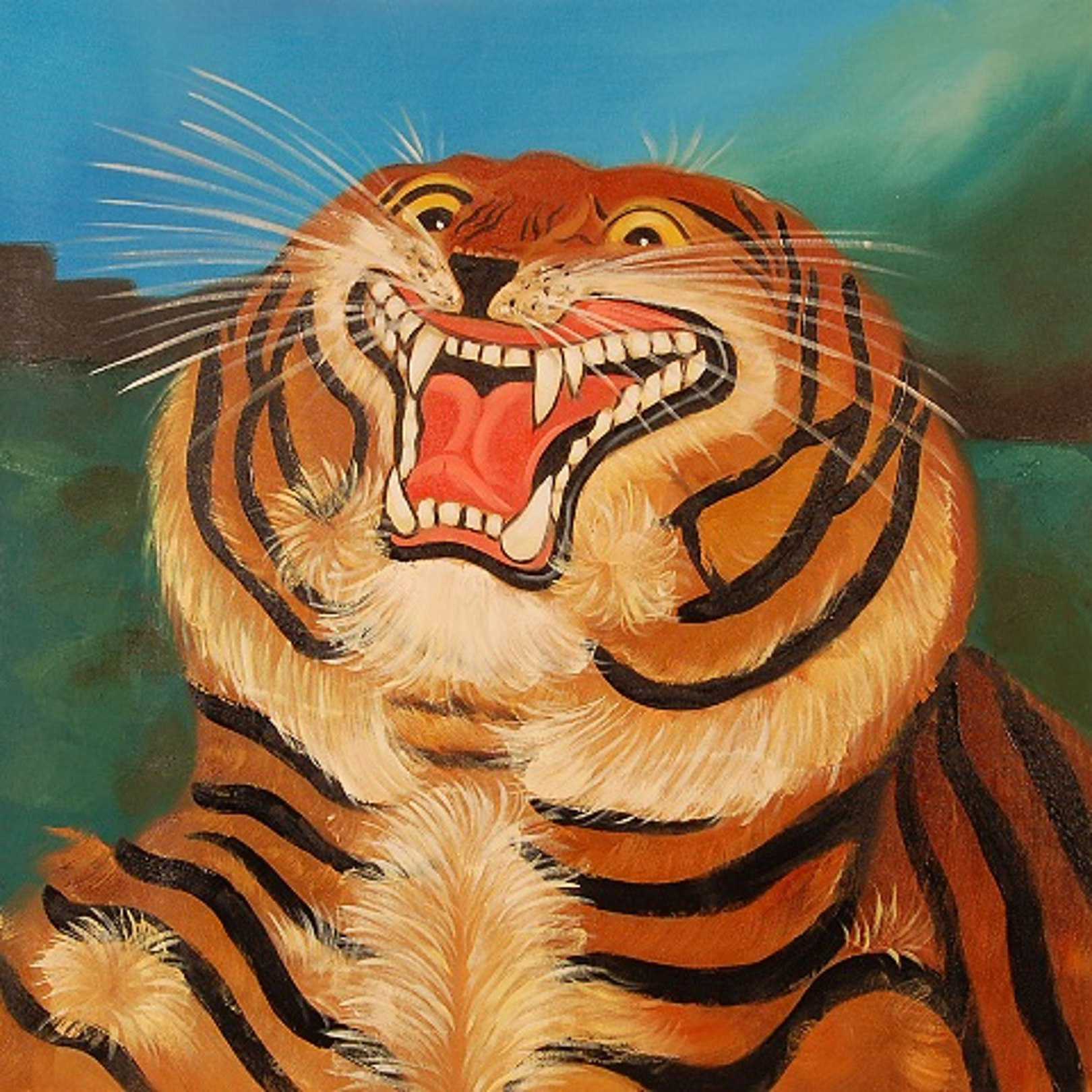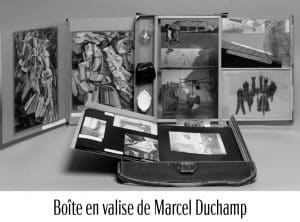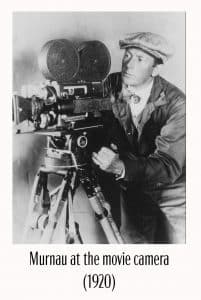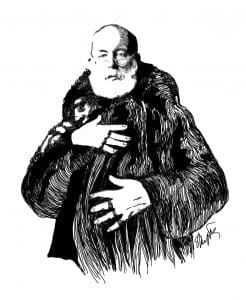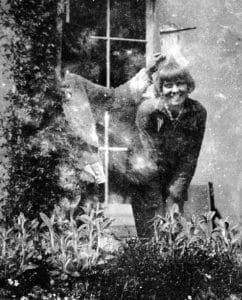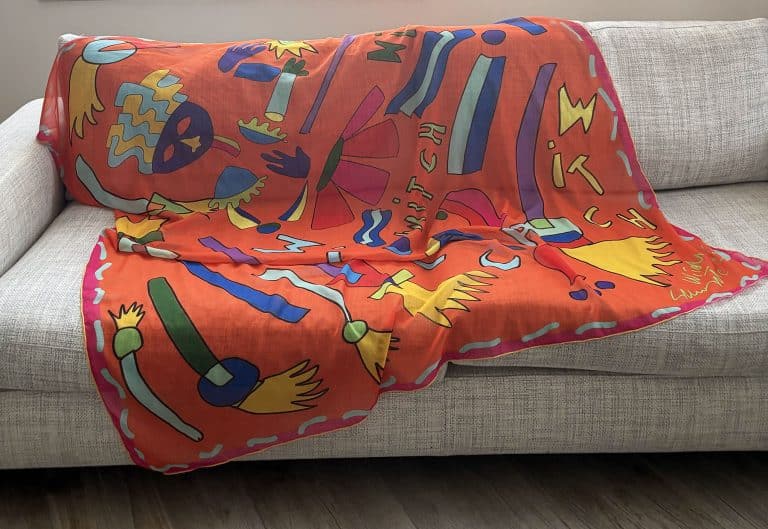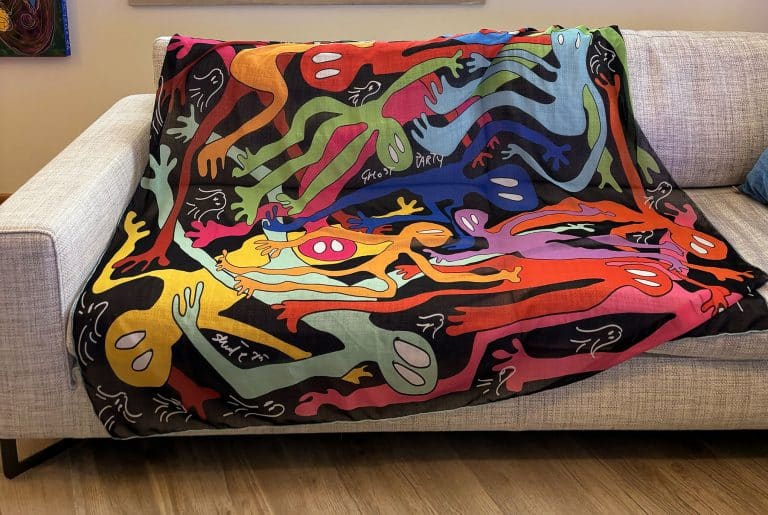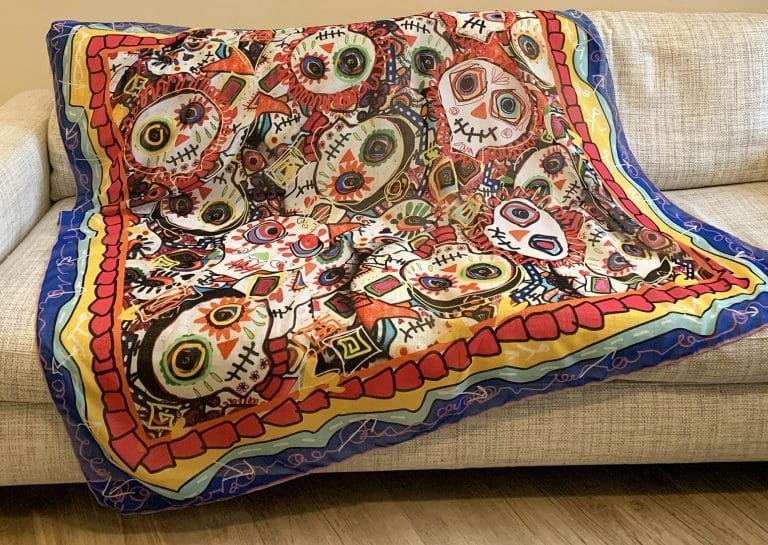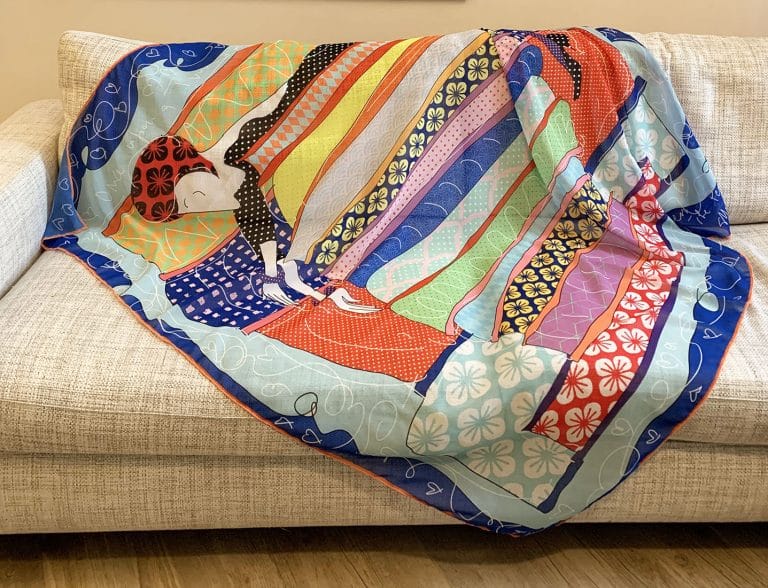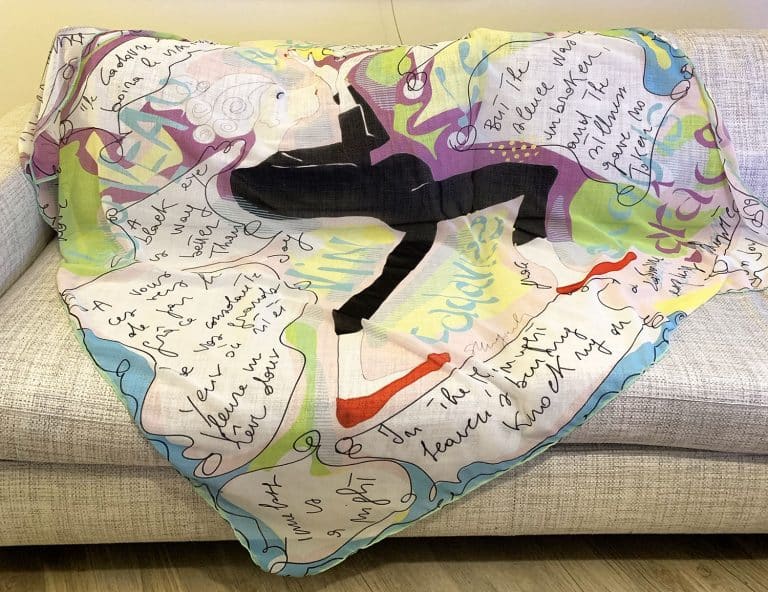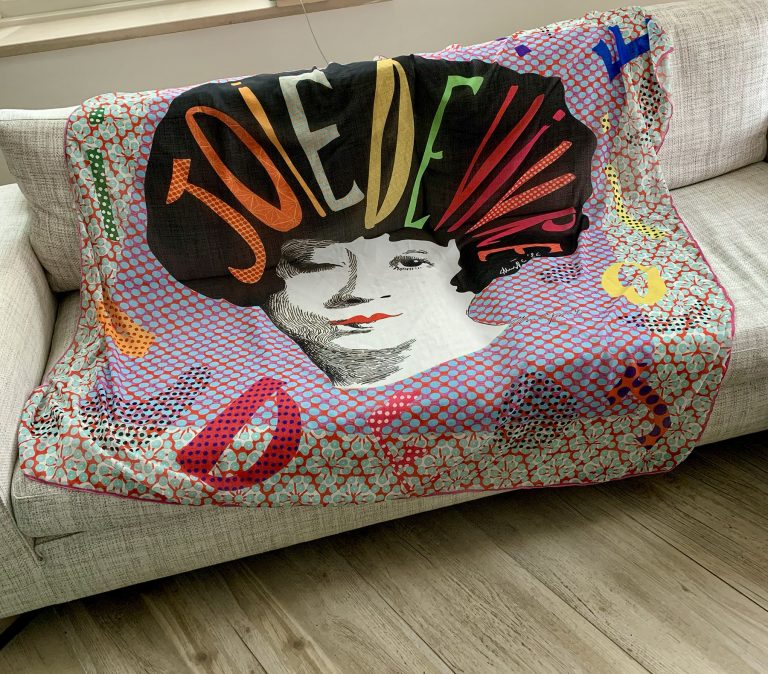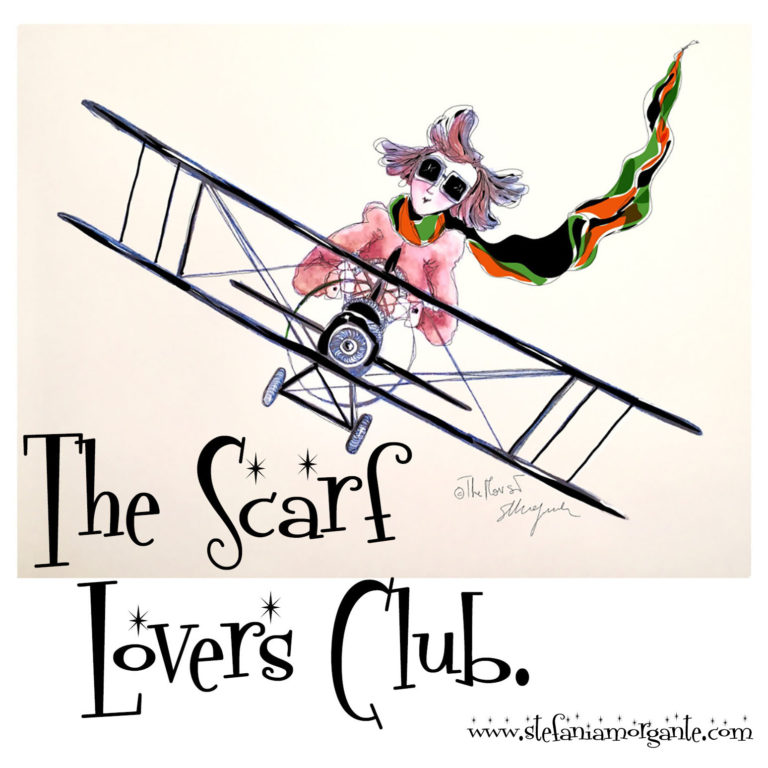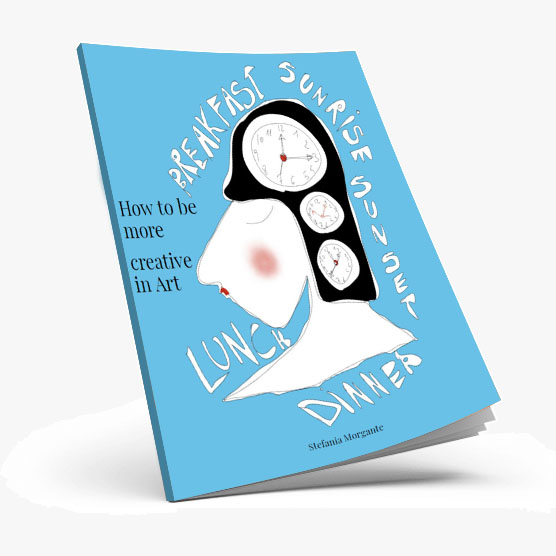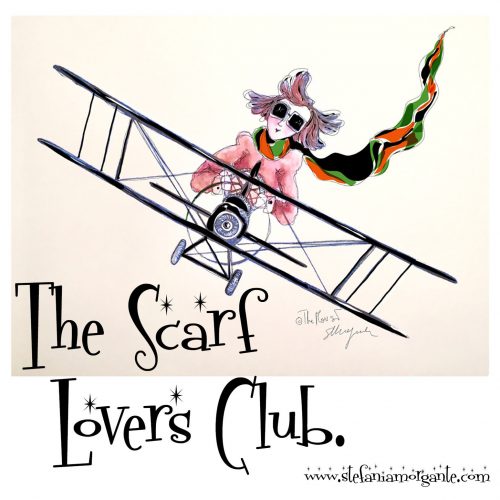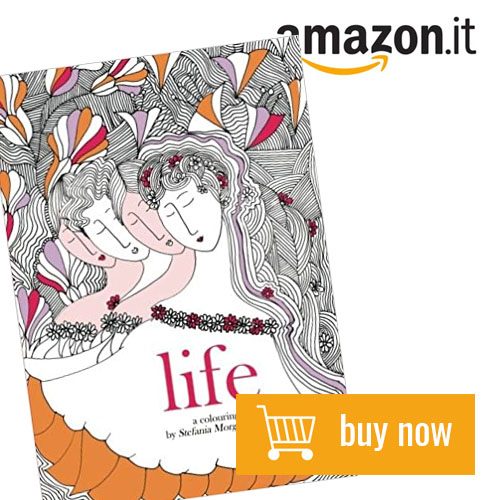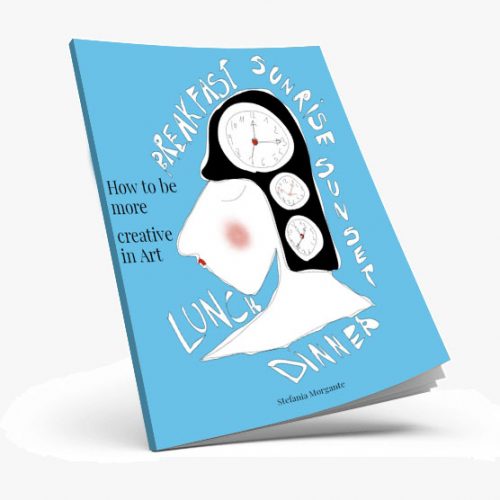Cinema investigates art and artists.
Cinema has often been interested in art and artists.
Some directors have used art as a pretext to talk about personal lives, others have used personal lives as a backdrop to investigate poetics.
There is a parallel between Giorgio Diritti‘s “Hidden away” and Julian Schnabel’s “Van Gogh-At Eternity’s Gate“: the tormented lives of unique painters, identifiable in their impactful personal style, pictorial research, social denigration, loneliness.
However, the notable difference lies in the filmmakers.
Schnabel is a painter as well as a filmmaker, and the protagonist Defoe paints as well as being a collector.
Schnabel‘s shoulder-mounted camera brings the viewer into the artist‘s field of vision. There are even blurs in the images when Van Gogh is running and is clouded by fatigue. We are inside Van Gogh’s creative flow.
We do not assist, we are his eyes.
Schnabel chooses a specific time of Van Gogh and yet we understand what it is about.
The personal story is there. Without being overly long and drawn out.
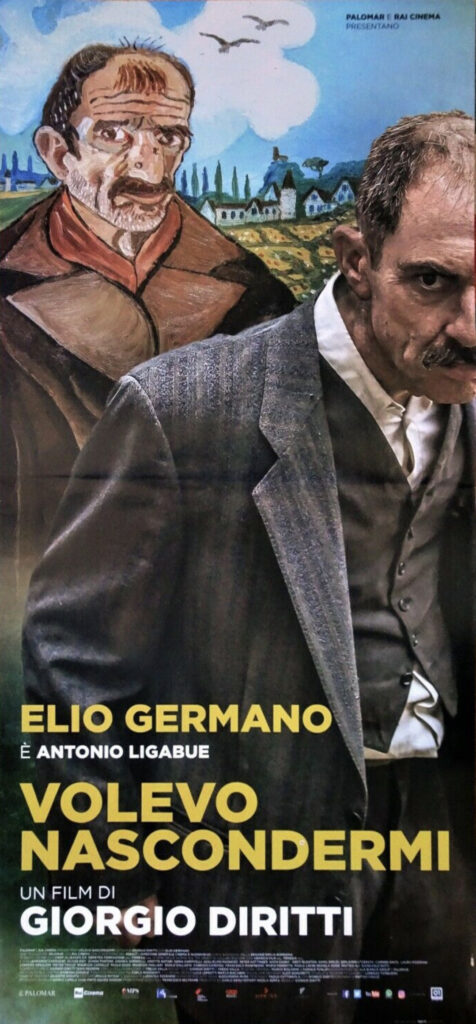
Giorgio Diritti‘s Ligabue is macchietistic, slow and unfinished. There is no mention of painting. Very little sculpture.
Every now and then there are finished paintings (while in Schnabel‘s, there is the act of painting in execution).
Elio Germano, who plays Antonio Ligabue, pretends to paint for a few minutes.
Not even a moment of painting in which we witness the birth of a painting.
Diritti is interested in the man, much less the artist.
Schnabel is interested in both and both interpenetrate.
And the Germano/Ligabue man has lengths of interpretation that are often boring. Details of life that nothing adds to why he became a great artist, with time jumps that are often too syncopated and not justifiable.
I believe that in order to create a film about an artist, in this case a painter, one must have a greater sensitivity to the man/artist interchange.
Because it’s not always the case that a man’s (or a woman’s) broken life is transformed into art, and it’s not always the case that art makes people live badly.
Germano very good in Isle of Roses but here, as when he played Leopardi, I am not convinced.
Too much caricature.
I find the title inappropriate (Ligabue because he wanted to hide? It seems to me the opposite) and a final song in English that in the context seems to have been put there because it advanced.
That doesn’t grant justice to Ligabue, since he was not only not invisible but not even eager to hide.
Schnabel has a much deeper and more communicative narrative sensibility.
He takes the viewer inside the canvas, not pretending to paint but painting on the screen. He tells what it means to create a painting while narrating the artist’s life.
Van Gogh’s existence becomes almost a stream of thought: we enter Van Gogh‘s movements and thoughts.
The sound of the wind, the rustling of leaves and grass, emphasize his state of mind.
In a way, we enter inside Van Gogh, the director makes us participate as if we were in the narrative and became part of it.
It’s an innovative point of view, making us part of the story. The narrative has a discontinuous flow, it narrates states of mind, which are transported onto canvas.
Schnabel uses cinema like Van Gogh used a paintbrush.
The two arts enhance each other and coexist serenely, something I don’t see in Diritti’s film.
Perhaps the best key if we want to talk about art and artists in cinema lies in widening the space of art and not pretending to interpret it through personal stories alone, which are only a part of an artist’s poetics.
In artistic narration, whether pictorial and/or human, Schnabel wins hands down.
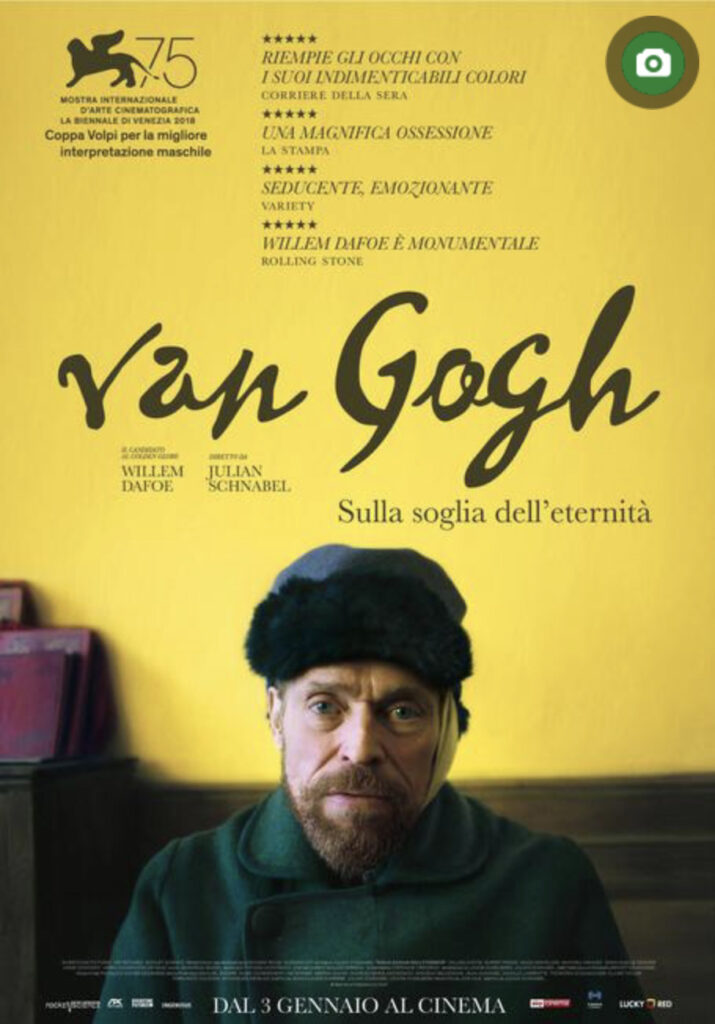
Who is Julian Schnabel?
He is an American artist born in 1951.
Painter, decorator, designer, photographer, lover of music and cinema and consequently also director.
He wears elegant pajamas both day and night, under coats and jackets.
An overbearing and international personality.
For him, creating is synonymous with being.
In fact, he says, “The materiality of a work of art is important only as long as it reveals a quality of being, of meaning, of feeling, of recognition.”
In each film he dedicates to an artist, he tries to capture this vision and give it back to the audience.
The brushstrokes on the canvas are filmed by the director as if they were telling the essence of the painter in the first person.
His sensitivity as a visual artist, accentuates the craft as an extreme punctuation of the personality of Van Gogh and before that of Basquiat, his other important film.
In Basquiat there are many minutes dedicated to the act of painting. And they are very real and concrete moments.
Every actor Schnabel uses knows how to use a brush, knows what materials he’s using, knows what it’s about. He convinces the viewer of what he’s doing.
It’s that remarkable difference between pretending to be an artist and actually looking like an artist.
Credibility comes through images, not just content.
So I prefer an actor who gives us a physical idea of Van Gogh without being one hundred percent him, and who with his brush reminds us how he painted. He is credible, resembling his profession.
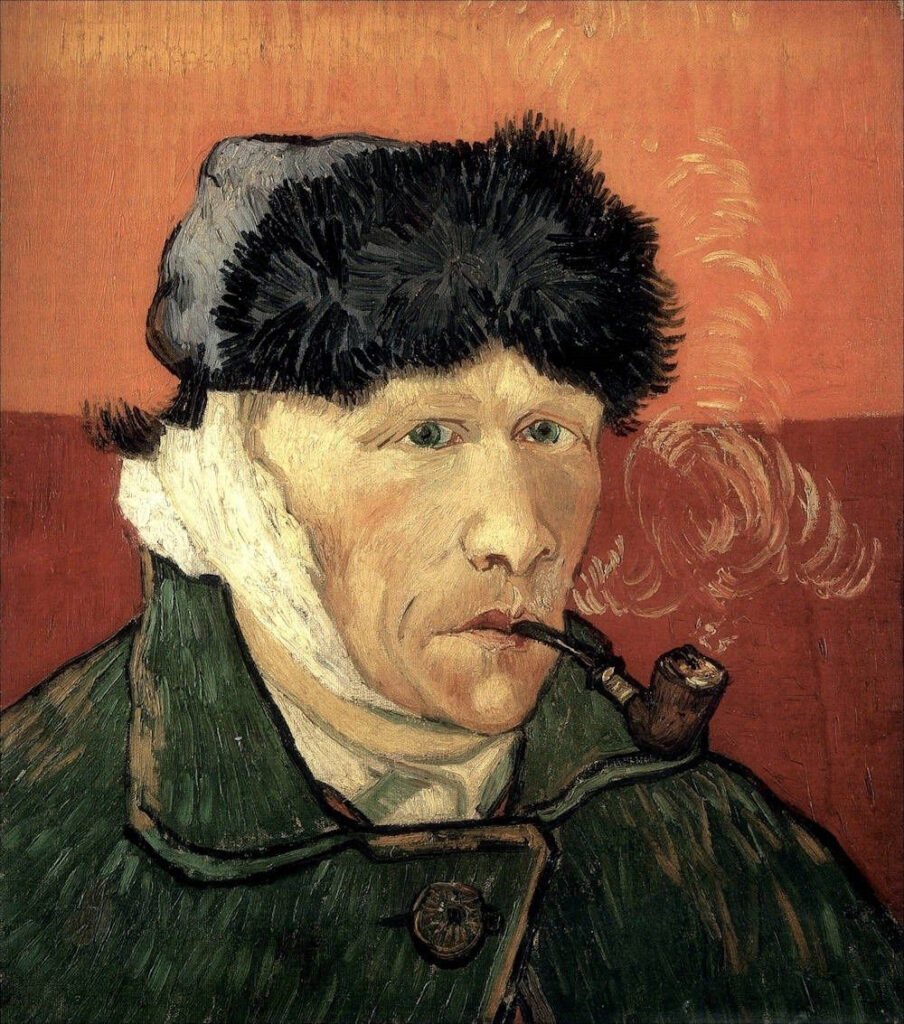
Giorgio Diritti, on the other hand, offers us a Ligabue who is extremely similar in physique, almost a photocopy of the protagonist.
His gestures and movements are very similar, perhaps even too similar. This excess of skill takes away from the character’s credibility, making him caricatured.
It is too much.
And there is very little of the painter’s craft. There is anger, there is the language of the painter, there is the finished picture. But there is no painter’s craft.
If you want to tell the story of an artist, in my humble opinion, rather than focusing on character and biography as well as physical resemblance, you should bring something more to the screen.
What? The artist’s culture, his attempts, his evolution.
Because the main question a viewer will ask himself while watching the film will be, “why did he become a great artist?”
You have to get into that fissure, and suggest to the viewer the reasons why Ligabue was a great artist.
Otherwise, the average viewer will walk out of the theater telling themselves that anyone can do the same things as Ligabue, all it would take is being a little weird, bizarre and having met the right people.
In the space between “everyone can do it” and “only some people succeed for X reasons” there is the film. Which will lead us to reflect, to imagine, to imitate.
The film will become a source of debate, of growth, and we will know more about the creative act, the artist and even a little about ourselves.
If cinema makes us dream, it can also make us grow.
If you’d like to read more about Van Gogh and some of the films inspired by him, click HERE.
